Ken is reluctant to give up his claim to have forecast the flooding in the Wairarapa in early July (see Skinhead Moonstomp below). Over at the NZ Climate Science Coalition, he posted the following (on Sept 14) when pressed to justify his claim:
"p214 For July..Districts likely to be wetter..Wanganui..north of Wairarapa.. p216..July 8th: south of Taranaki galeforce winds and more frequent showers.. p217..9th-12th..depression crosses NZ, snow central high country NI, clearing 13th. p40: flooding August 3 lower NI. Sept 12: flooding Hawkes Bay and Wairarapa. Absolutely correct. Anyone with half an honest brain will be able to work out from that that the lower NI was in for a belting, not on the east, which did remain fairly dry, but inland and central areas of the lower NI."
Let's recall, for a second, that the floods in the Wairarapa took place over July 4-6th. Apparently forecasting floods in August and September counts as a forecast for the first week in July.
Unfortunately, Ken remains in denial. On the 21st he posted:
"And I told you I predicted the heavy rain. I am rapidly losing patience with your lies. In the July column in syndicated rural magazines across the country, found in every dairy, I said: "..rain above average north of Wairarapa. Most likely rainfall times lower NI about 1st-5th and 9th-12th, heaviest 10th." That indicates plenty of rain in the first 12 days. The Metservice report of the 17 July reiterates: "The southeastern end of the North Island has been taking the brunt of the recent rain", commented MetService Weather Ambassador, Bob McDavitt.
On p42 of my almanac, for August, I wrote "in the first week very heavy rain is expected in the NI, especially Manawhatu." And in my August column, in all magazines: "lower NI could see floods." And the Metservice report of 5 Aug again reiterates: "MetService meteorologists have updated their warning for heavy rain in Northland, Auckland, Coromandel, Bay of Plenty and the Gisborne area north of Tolaga Bay as a multi-centred area of low-pressure from the subtropics continues to rapidly deepen in the north Tasman Sea. This system is forecast to move southeastwards across northern and central parts of the country on Monday, preceded by an increasing strong northeast flow containing unseasonably heavy bursts of rain. Rain on Sunday is also expected to become widespread over the rest of the north Island and northern parts of the South Island, especially to the northwest of Nelson. Places such as Wairarapa, Wellington and Wanganui with already saturated soils may get 30 to 50mm of rain."
It remains to be seen why he thinks that a forecast of rain in August is relevant to flooding in July. I pointed this out to him, only to get a most ill-tempered response.
"Take a good look at yourself and your actions. You of all people who cannot let others live and let live, who takes it upon himself to try to ruin the credibility and business of another just because he doesn't like the other's ideas and theories. You cannot claim I have tried to affect your business, but there is every piece of evidence on your nasty little blog to prove you are out to wreck mine. You are a Nazi, Gareth, and no less. You are displaying the very root of the type of scapegoatism that lead to the Holocaust."
Erick Brenstrum is a bully for daring to analyse Ring's almanac's forecasts, and I am a Nazi. If it wasn't risible, it would be an insult, and Ken would be in court. In the meantime, we have to conclude that his judgement of the success of his forecasts is no better than wishful thinking.
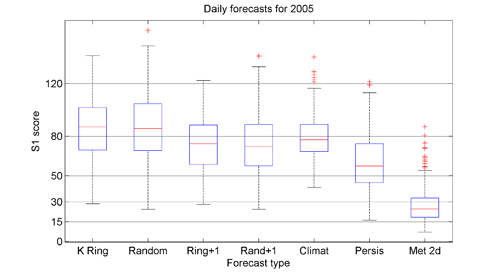
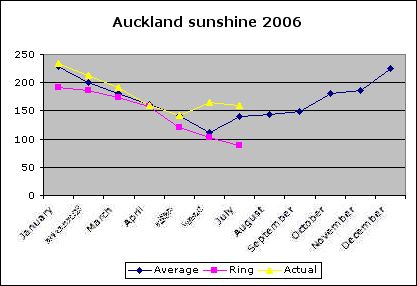
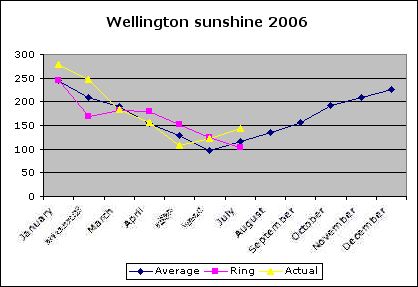
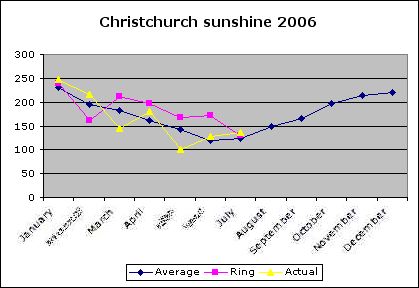
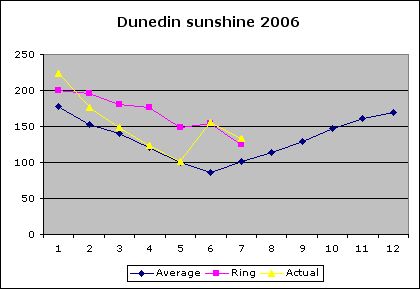
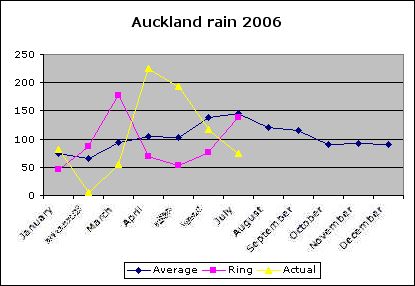
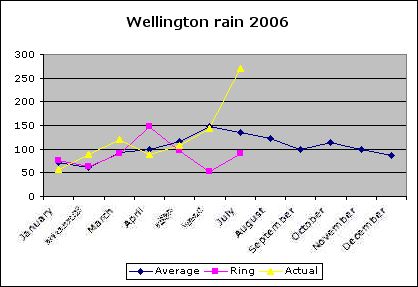
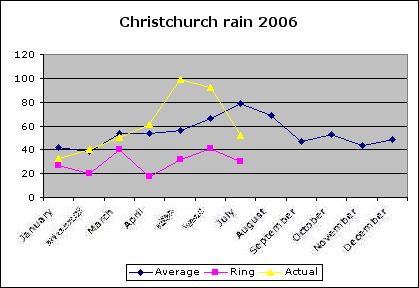
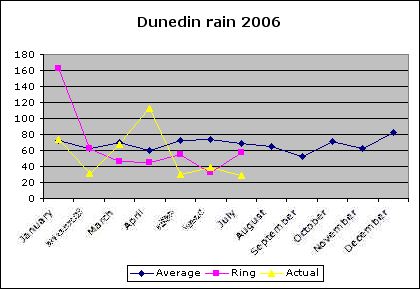



.jpg)


